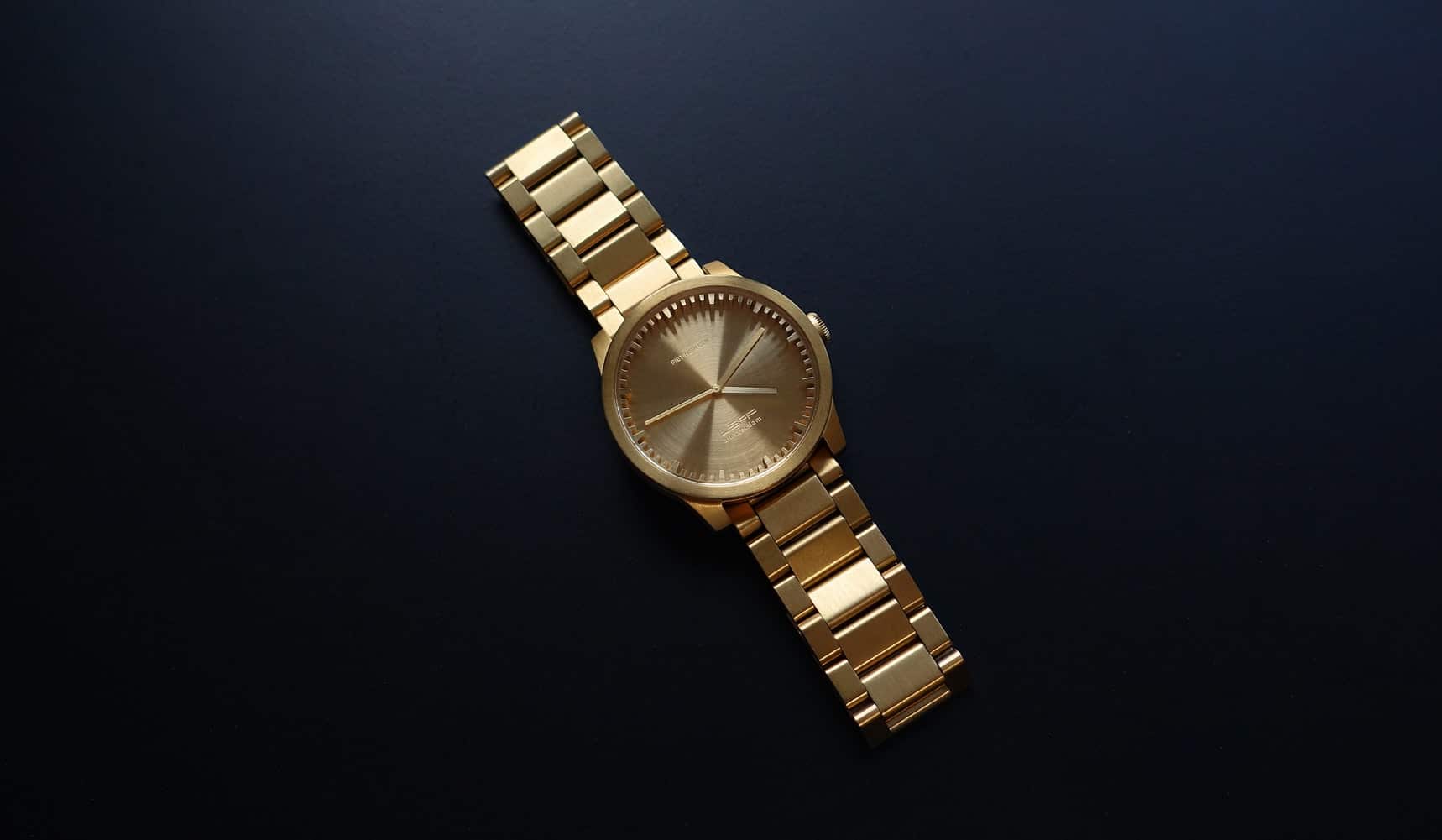The luxury sector is one of the most profitable and lucrative verticals both online and offline. Luxury brands are selling more online, with an estimate that luxury goods will capture 18% of all sales revenue by 2023.
With technology improving year-on-year, Magento ecommerce retailers are able to take advantage of engaging storytelling, brand positioning and personalised experiences online.
However, there are specific challenges that luxury brands experience online that any growing retailer needs to face in order to achieve ecommerce success.
Read on to discover what those challenges are, and how to overcome them. Need a hand implementing the suggestions below? Get in touch with our Adobe Commerce / Magento Open Source team here.
#1 – Limited photography and visuals
One of the challenges for luxury brands is replicating the offline experience that a customer may have in-store. When a customer is in a luxury store, they can often see, touch and feel the product in order to understand their desired purchase. It can be difficult to replicate this online with limited photography and visuals.
However, an offline experience can be replicated online with video, strong product photography, and controllable and intuitive product zoom in order to improve your conversion rate for your luxury ecommerce store.
#2 – Personalisation
Another online challenge is making sure the customer journey is personalised for each individual. In an offline environment, a customer will speak to an in-store adviser who will recommend products, sizes and colours. For a luxury brand, this is crucial so that the customer purchases a unique and personalised product for their tastes and needs.
With an ecommerce store, the personalisation here can be limited. However, with tools like Nosto and Dotdigital, you can create a powerful personalised experience so that your customers feel valued, important and understood.
#3 – Engaging storytelling
Many ecommerce stores are purely functional with a clear navigation, simple product page and easy checkout, but this is not ideal for luxury brands. Luxury brands need to be storytellers, with a carefully crafted experience that positions the brand, the product and the community well. This can be a challenge if your store is built with limited functionality.
For luxury brands on Magento 2, you can take advantage of the built-in technology of Page Builder or you can work with a tool like Styla in order to build content around your site to tell your brand story.
Our high-growth luxury skincare client, Augustinus Bader, has recently migrated to Magento 2 and is primarily built on Page Builder in order to achieve further growth. Read the full overview of the migration project here.
#4 – Payment methods
Luxury brands are, by nature, selling expensive and valuable products online. As a result, customers want to be able to purchase with secure and flexible options to minimise their risk.
You may have a beautifully designed store, but if your checkout is unsecure or you do not offer the relevant payment options for your customers, you may see a high cart abandonment.
With Magento, you can use payment partners such as Adyen in order to offer international payments, secure payment options and even integrate with finance options like Klarna to give customers the power of choice and security.
#5 – Delivery expectations
Similarly, customers spending a high amount on a luxury product need extra reassurance with their delivery. The last thing a customer would expect from a luxury brand would be damaged goods on delivery, or lost or stolen packages.
There are certain delivery providers on the market with negative reviews, so you may want to focus on premium delivery options. You may also want to explore partnering with HubBox to offer click and collect services to give customers the safety and security of collecting their own product.
#6 – Reviews and loyalty
Our final challenge for luxury retailers is sharing reviews and nurturing loyalty from customers. However, whilst this can be difficult and time-consuming, it is actually an advantage you may over high-street stores.
High-street stores cannot easily display reviews at purchase, and many loyalty programmes in-store can seem outdated. Implementing these online can be powerful for improving conversion rate and can enhance your UX by creating a community for your brand.
There are many tools in the ecommerce ecosystem for both reviews and loyalty, including Trustpilot, Yotpo and LoyaltyLion.
Luxury success
Luxury ecommerce is challenging, but rewarding. With endless retailers experiencing high-growth in the luxury market, there are now technologies available to capture your audiences and deliver a seamless experience.
If you’re ready to take your luxury brand to the next level, get in touch here or by calling us on 0161 762 4920.


